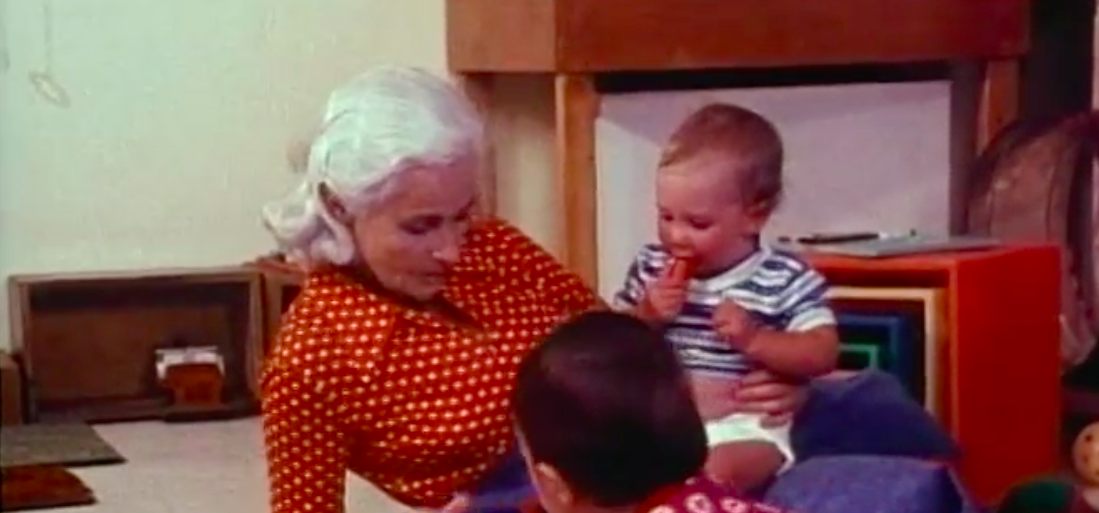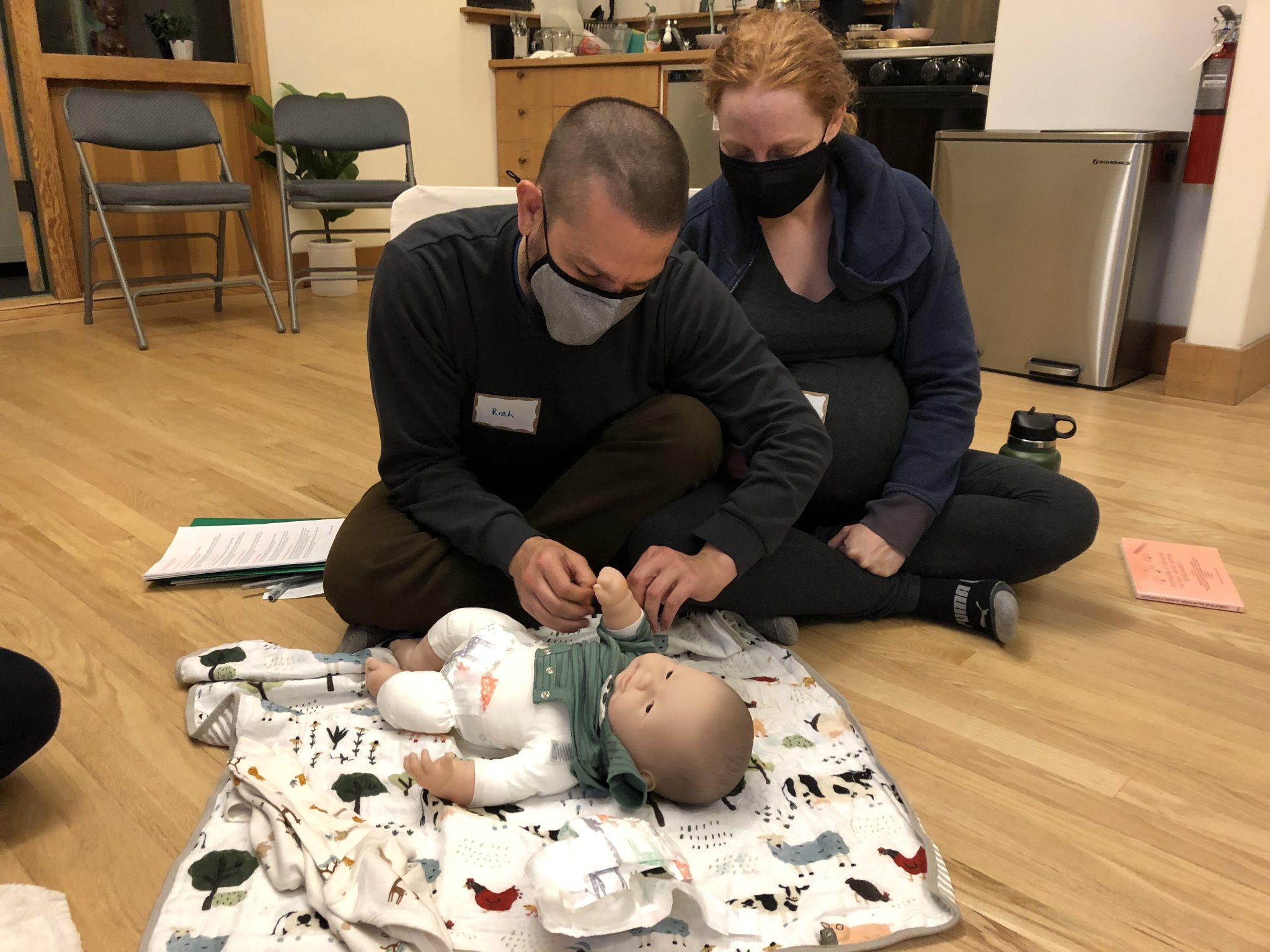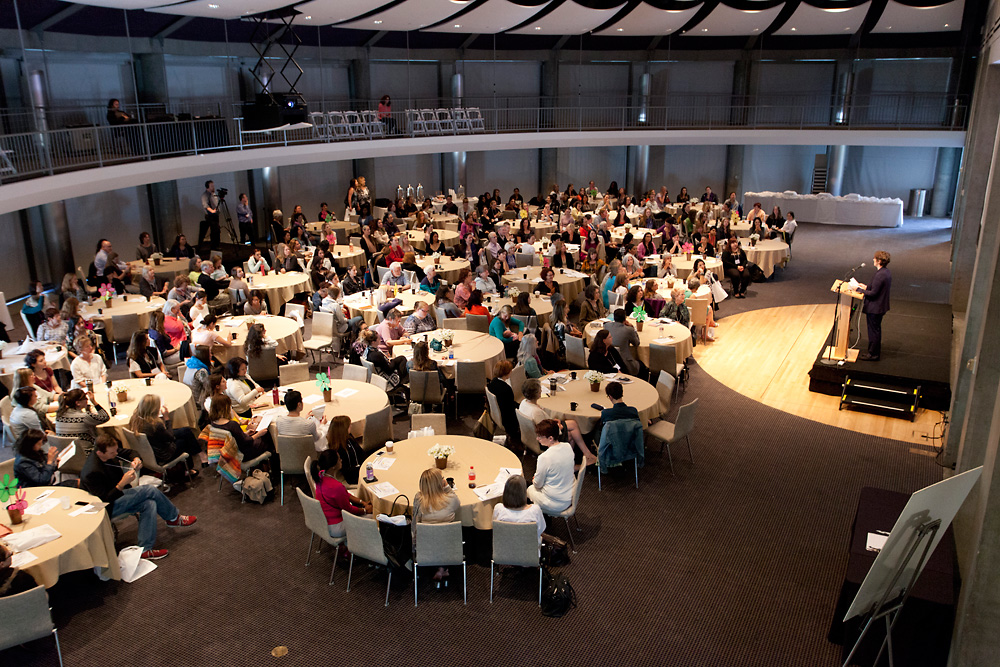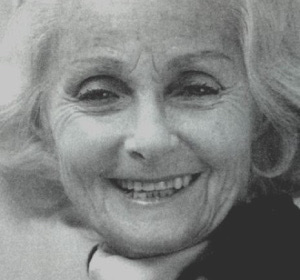
Magda Gerber
Magda Gerber is known for teaching parents and caregivers how to understand babies and interact with them respectfully from birth. The seeds for her passion for infant care come from Dr. Emmi Pikler, a pediatrician in Magda’s native Budapest. Inspired by Dr. Pikler, Gerber earned a Master’s degree in early childhood education in Budapest and in 1945 she began working with Pikler at the National Methodological Institute for Infant Care and Education in Budapest, Hungary, commonly called “Lóczy” after the street on which it was located. Pikler became Gerber’s mentor and friend. After the repression of the 1956 Hungarian revolution, Gerber and her family came to the United States. Dr. Pikler encouraged Magda Gerber to share what she had learned about infant/toddler care in the US and the West.
The Founding of Resources for Infant Educarers® (RIE®)
In 1972, Gerber was invited by Dr. Thomas Forrest, pediatric neurologist and clinical assistant professor of pediatrics at Stanford University, to advise him on the program he was starting for the Children’s Health Council (CHC) in Palo Alto, California. Gerber co-directed the Demonstration Infant Program (DIP) with Forrest for four years. The DIP was a program of preventative mental health based on modeling selective intervention with a group of infants and toddlers to their parents or carers. The program encouraged children to learn problem solving skills through play and foster self-confidence.
Gerber described the purpose of the program “If you can help parents to perceive and accept the child at his own developmental level, and to learn how to understand and respond to his needs, you can prevent problems before they develop, rather than have the difficult job of undoing them later in life.”
In 1978, Gerber and Forrest co-founded the non-profit organization Resources for Infant Educarers in Los Angeles to further their work with families and child care professionals. At RIE (pronounced ‘rye’), Gerber taught parents and professional caregivers the Educaring approach to caring for infants and toddlers.
Gerber also taught early childhood development classes at the University of California, Los Angeles; California State University, Northridge and Pacific Oaks College, Pasadena. She taught professional training classes and RIE Parent-Infant Guidance Classes™ at the RIE center in Los Angeles.
Over the years, Magda Gerber influenced many early childhood practitioners, researchers, and policymakers. Her approach to infant-toddler care and parent-child partnerships have become best practice in the US and many parts of the world.
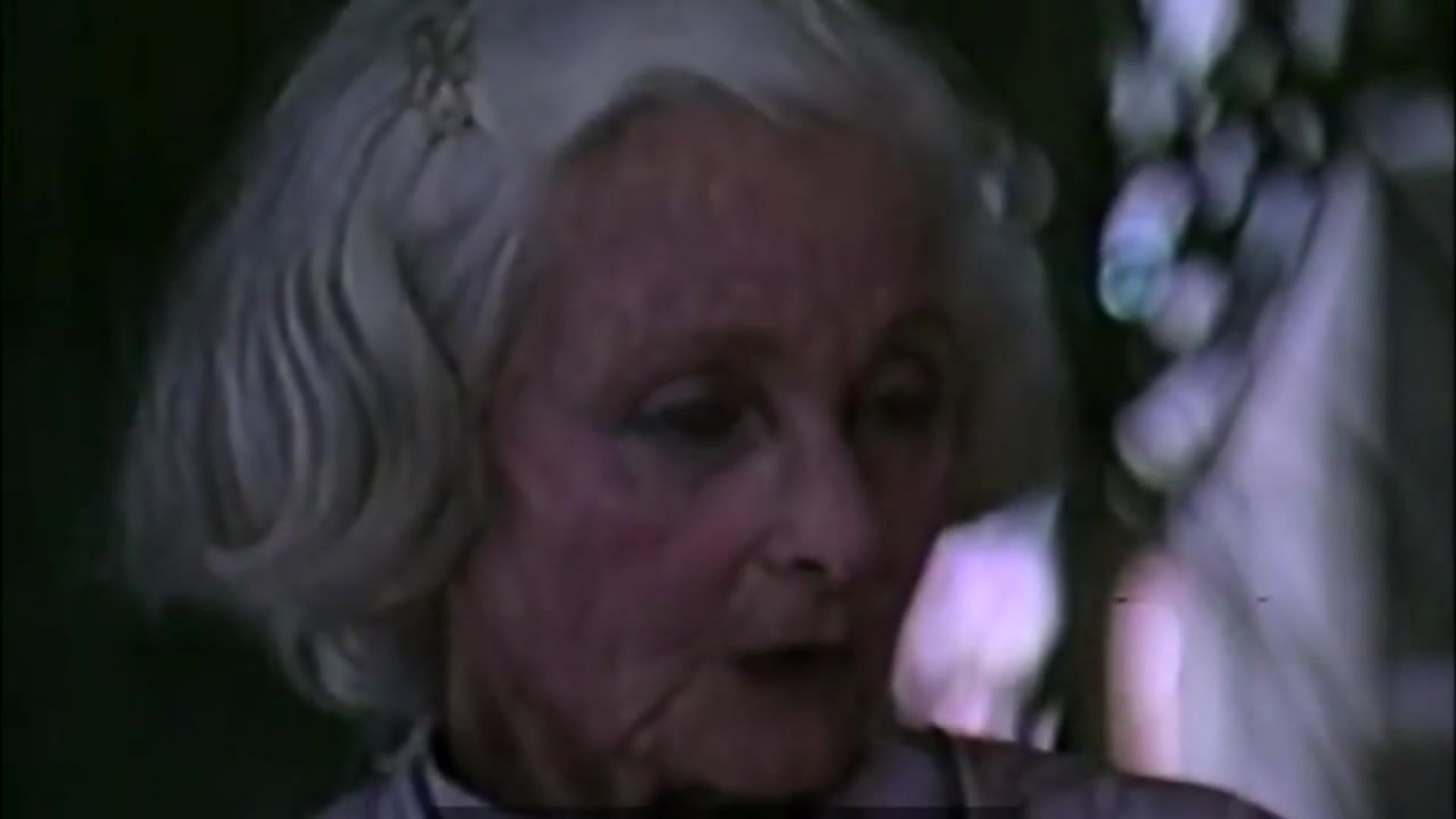
In Memoriam
Anyone who knew her will remember her as a petite woman, almost pixie-like with her bobbed white hair, twinkling blue eyes and a Zsa Zsa Gabor accent who was always authentically herself. A trained linguist, she had an elegant way with English that was enlightening and always enlivening. Having studied and worked with researcher and pediatrician, Dr. Emmi Pikler, in Budapest, Hungary, she introduced in the United States the revolutionary concept of respect for the infant as a complete, if immature, human being with a self-initiating agenda to discover the world (and us) with an almost scientific approach.
Through her books, Dear Parent and Your Self-Confident Baby (with Allison Johnson), her articles, lectures and trainings, she has inspired generations of parents and professionals to see infants as active participants in their own development from the very first moment of life. As a teacher Magda gently but firmly helped her students to understand that her perspective on infants, if you could see them the way she did, could change your life, and even your relationships with other adults. Yes, infants are part of their mothers as Winnicott (whom she often quoted) suggested. Yes, they have numerous inborn traits that guide development (as she quoted the maturationists such as Piaget). Yes, they elicit our love, devotion, and fascination because they are so cute and needy. Yet the infant Magda showed us is so much more; she showed us that a baby is a miracle, a whole person, who, with our deeply attentive care, unfolds into a wonder, unique in the world. She taught us to wait, to watch without preconception, to observe with genuine curiosity, to see what the baby was trying to tell us. She gave us new eyes through which to see, not the infant we have in mind, but the actual infant before us, and to respond quietly, gently, slowly to its cues and initiations, and to respond not only to its needs but its competencies as well.
After Magda gave a student new eyes with which to see infants, contraptions like walkers and Exersaucers look like instruments of torture. A tiny infant propped to sit looks uncomfortably forced. Seeing an adult hold an infant up by the arms and walk him around makes us wince, we have to look away. She helped us appreciate that all babies fall down but that infants who are allowed to move freely and get up on their own can fall with the skill of a martial artist.
Perhaps because Magda had so gracefully come through the difficulties of her generation (two world wars, the Hungarian revolution), and was able to see life in the United States with a wider view than most, she offered a counter-cultural view of what babies need. Magda was controversial because she spoke a truth that was and is, so divergent from the typical and often commercialized view of babies that people sometimes felt judged, pained by these ideas. Current brain research is offering new support for her ideas, and students new to them, thirty or more years after she introduced them, are still inspired. Her vision is as timely and important as ever. Magda will live, not only in the memories of those who loved or admired her, but also in the continuing work of her many students who are bringing her vision to life — a world in which all infants are treated with the respect they innately deserve.
By Ruth Anne Hammond, MA and Deborah Greenwald, MA, RIE® Associates
This article appeared in the July 2007 issue of The Zero to Three Bulletin. Copyright 2007 Zero to Three.

In this video, Dr. J. Ronald Lally and Dr. Peter L. Mangione, two luminaries in the field of early childhood development, discuss their memories of Magda on the 40th anniversary of RIE.
